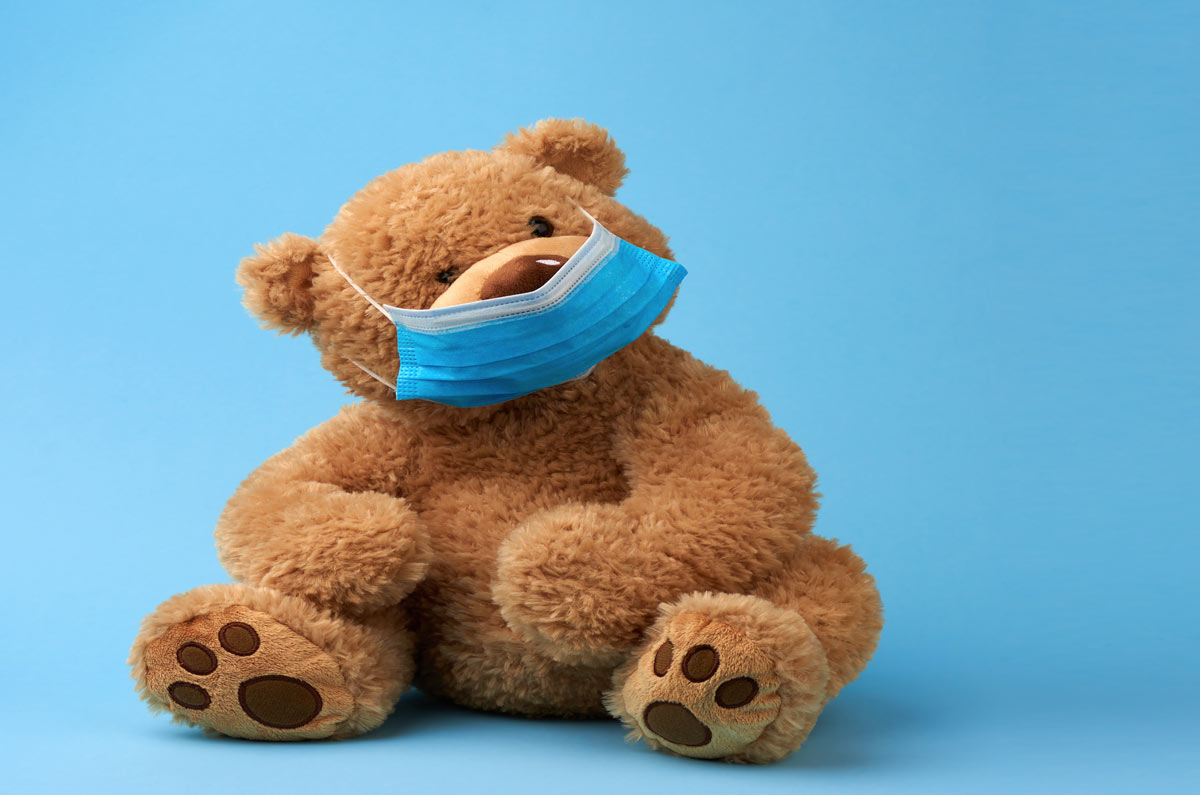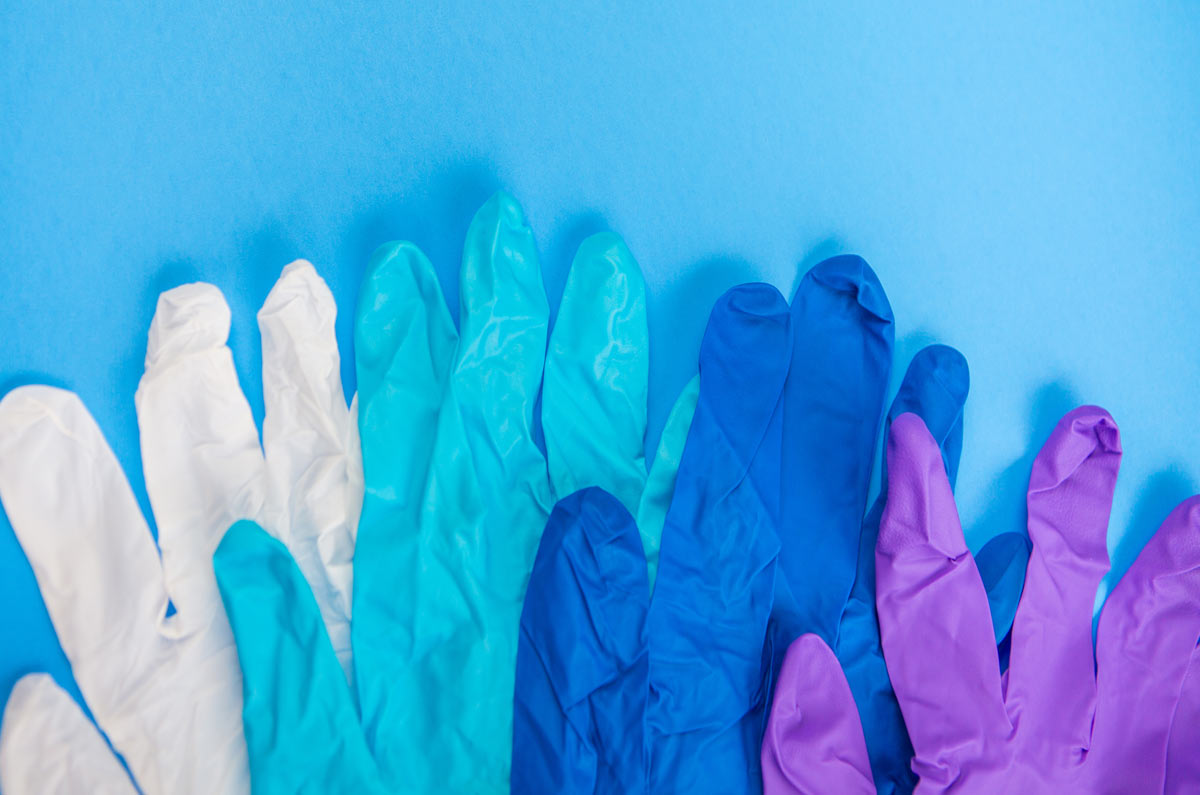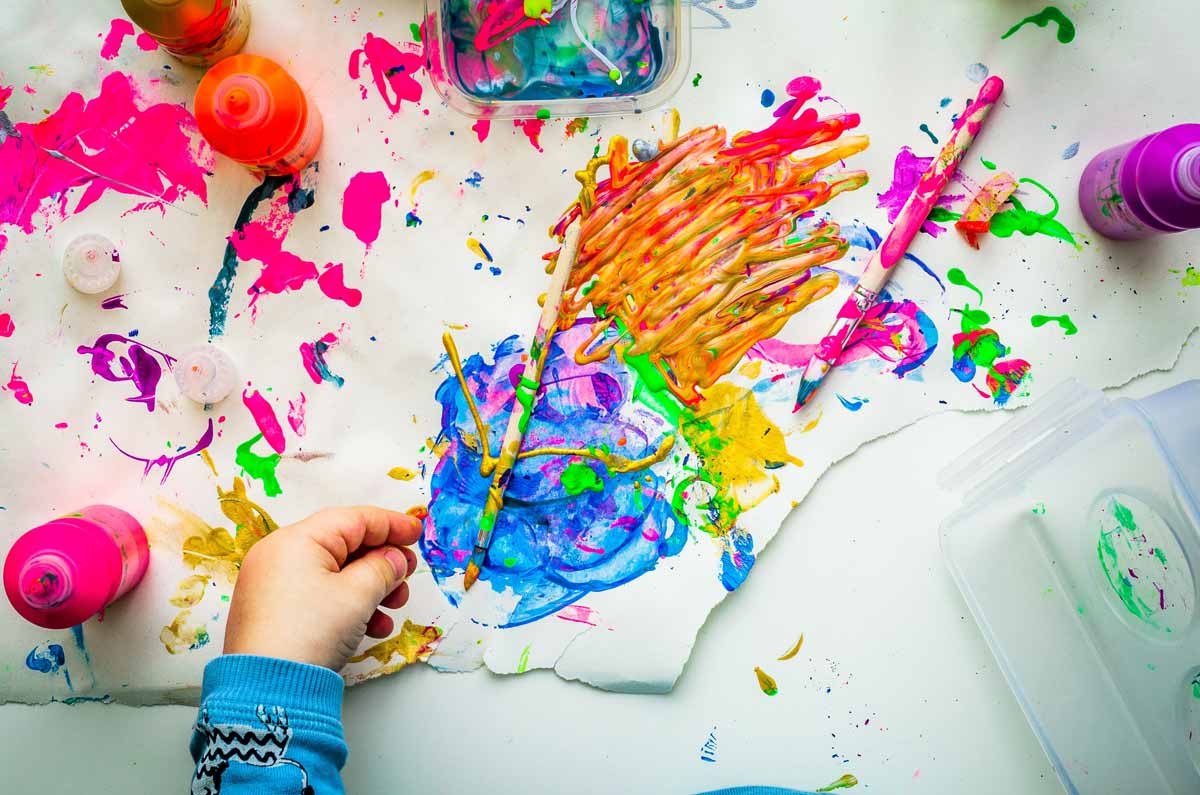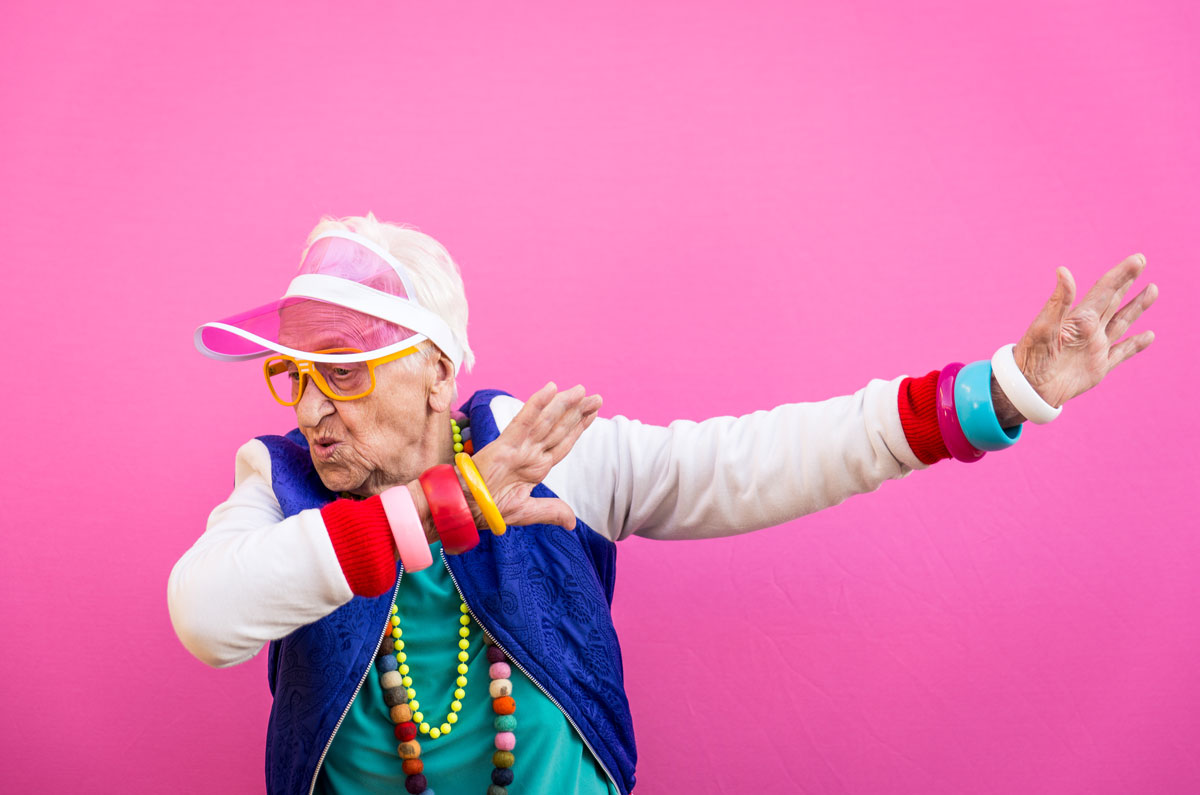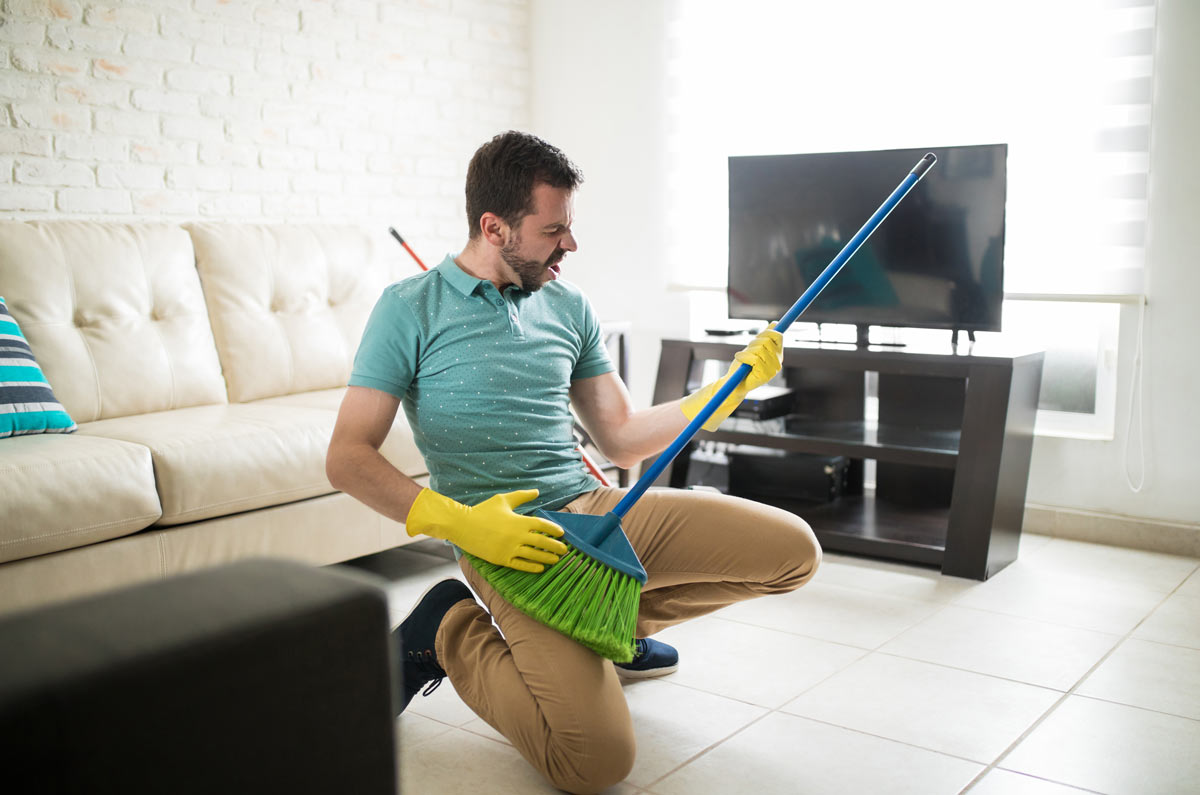If you’re immunosuppressed and feeling really vulnerable, no one can blame you. This is a scary time for us all; having a condition or taking medication that makes you more at risk of getting ill from any contagion or infection adds another level to this. So how do we protect ourselves when we’re out? There’s a lot of information/misinformation about wearing masks, gloves and DIY hand sanitiser (cos no one can get their hands on the real thing).
This blog, and our one on gloves and DIY hand sanitisers, gives you evidence-informed advice on the good, the bad and the ugly on using these protective measures.
To wear or not to wear, that is the question
Last week the Centers for Disease Control and Prevention (CDC) in America recommended that Americans should wear “non-medical, cloth masks” to help prevent the spread of the virus. Up until this change they were like the Australian Government and World Health Organization and recommended that only those with COVID-19 symptoms should wear masks.
So why the change?
One of the key issues is that a significant number of people have COVID-19 but don’t know they have it. They’re what’s called asymptomatic – meaning they have no symptoms. But even though they may not look or feel unwell, they can spread the virus. The use of masks is to prevent the spread of the virus from those who are asymptomatic to the rest of the population. It’s hoped that by wearing a mask any droplets breathed, coughed or sneezed out by people remain inside their mask, and not falling on surfaces that other people will touch.
In Australia, we’re still being advised to only wear a mask if we have COVID-19 or care for someone who does. But the problem is, if you’re asymptomatic you don’t know you have it. And because we’re only testing people who have symptoms and fit certain criteria, how would you ever know if you’re asymptomatic? Gah!! So what do we do?
As with everything COVID-19 related there’s no simple answer, so we need to consider several factors to make our own, informed decisions:
- There’s a worldwide shortage of masks. The medical grade masks should be reserved for healthcare workers, those who are on our frontline as far as COVID-19 goes.
- If we practise physical distancing as we’ve been advised to and we practise good hygiene then we shouldn’t need to wear masks, or if we do, only for short periods of time if we’re in a crowded indoor venue.
- Some experts say that due to the population density in Australia, we have fewer problems with crowds at supermarkets and other essential places than do more populated countries. That is, we’re more able to keep the necessary space between ourselves and others, especially now that these centres have introduced strict physical distancing measures.
- We just don’t know how to wear them properly. Most of us have never had to wear masks regularly so we don’t know how to secure them properly, remove them without contaminating ourselves, how long to wear them etc. So if you’re going to wear a mask – whether it’s a disposable mask, or you’re making your own, it’s really important that you know how to wear and care for them. For example: if it’s a disposable mask, you need to throw it away after every use. Do not put it in your pocket or bag to use again. It needs to be thrown away. And if you’re using a cloth mask, wash it after every use. Again, do not put it in your pocket or bag. Wash it before reusing it. The WHO has lots of information on when and how to use masks – including how to put them on and take them off without contaminating them or yourself.
- Don’t let wearing a mask give you a false sense of security. The evidence is clear that the best things we can do to prevent the spread of the virus is to wash our hands with soap and water thoroughly and frequently, use alcohol based hand sanitiser when there’s no access to soap and water, avoid touching our face, sneeze or cough into our elbow and continue to practise physical distancing. Masks may provide some level of protection – depending on what they’re made of, how porous the fabric is, how well you use them – for when you absolutely have to go out in public, but they aren’t a magical, virus-repelling shield (though how cool would that be?)
- There are many websites, including the CDC, that have instructions and videos for making your own face masks. This New York Times article has some really good information about home-made masks, including the fact that not all fabrics are created equal when it comes to making masks.
More to explore
- Are you wearing gloves or a mask to the shops? You might be doing it wrong
The Conversation, 12 May 2020 - Making your own face mask to help keep coronavirus at bay is hard — but not because of your sewing skills
ABC News, updated 11 April 2020 - Should we be wearing face masks in public during the coronavirus pandemic? Can a cloth mask protect you against COVID-19?
ABC News, 9 April 2020 - How masks can help prevent COVID-19
healthdirect, reviewed May 2021 - Coronavirus disease (COVID-19) advice for the public: When and how to use masks
WHO - Face masks debate: WHO consider evidence for widespread face mask use, as US set to change its advice
ABC News, 3 April 2020 - Should we wear masks or not? An expert sorts through the confusion
The Conversation, 2 April 2020 - What’s the best material for a mask?
The New York Times, 6 April 2020 - Understanding the difference
CDC
This infographic shows the difference between surgical masks and N95 respirators.

